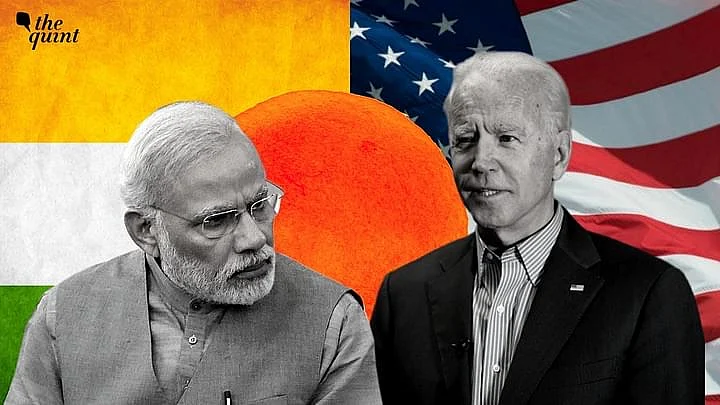The United States (US) Department of Treasury announced on Friday, 11 November, that it was removing India from its 'Currency Monitoring List,' along with a few other countries.
This came on the same day when Finance Minister Nirmala Sitharaman met her US counterpart Janet Yellen in New Delhi, during which they vowed to strengthen financial ties.
Apart from India, the other countries removed from the list include Italy, Mexico, Vietnam, and Thailand.
What Is the US' Currency Monitoring List?
The US had set up its Currency Monitoring List to track the currency practices and monetary policies of its major trading partners, which includes India.
If a country is added to the list, it means that it is being closely monitored for potential currency manipulation.
"Any country which is excessively purchasing the US dollar, or has a large trade surplus with the US, the US wants to monitor the currency of that particular country," Deepanshu Mohan, Associate Professor and Director at the Centre for New Economics Studies at the Jindal School of Liberal Arts and Humanities, told The Quint.
The US Treasury Department had also submitted its semiannual report to the US Congress last week, which included its assessment of the policies of the country's major trading partners over the last four quarters ending in June 2022.
The report mentions that countries are judged on three specific criteria listed in the Trade Facilitation and Trade Enforcement Act of 2015 Act.
If a country meets at least two of the criteria, then they are placed on the monitoring list.
What Are the 3 Criteria?
A significant bilateral trade surplus with the US: this means a trade surplus of at least $15 billion in goods and services.
A material current account surplus: Such a surplus should be at least 3 percent of GDP, or a surplus for which the Treasury estimates there is a material current account "gap" as per the Global Exchange Rate Assessment Framework (GERAF).
Persistent, one-sided intervention: This occurs when net purchases of foreign currency are conducted repeatedly, in at least eight out of 12 months, and these net purchases are equal to at least 2 percent of an economy's GDP over a 12-month period.
Explaining the reasoning behind the monitoring, senior financial journalist N Madhavan told The Quint, "When the US is in a big deficit, they become alert to make sure that there is no currency manipulation which makes American goods artificially costlier."
Once included in the list, a country will remain on it for at least two consecutive reports "to help ensure that any improvement in performance versus the criteria is durable and is not due to temporary factors."
Which Countries Are Currently On the List?
According to the report, the countries (or regions) currently on the list include China, North Korea, Germany, Singapore, Malaysia, and Taiwan.
Why Was India Removed from the List?
India, which had been on the list for around two years, was removed from it because it met only one of the three criteria for two consecutive reports.
"In this report, the Monitoring List comprises China, Japan, Korea, Germany, Malaysia, Singapore, and Taiwan. Italy, India, Mexico, Thailand, and Vietnam have been removed from the Monitoring List in this Report, having met only one out of three criteria for two consecutive reports," the Treasury said.
"The US would have observed that the Indian currency's management, as done by the Reserve Bank of India, does not merit any interventions that require closer monitoring," Mohan told The Quint.
The US Treasury also slammed China, and highlighted Beijing's "failure" to publish foreign exchange intervention and its "lack of transparency" regarding its exchange rate – thus making it an outlier among major economies and warranting close monitoring.
Underlining differences between India and China in this regard, Madhavan said:
"India does not control or manipulate foreign exchange rates like China. It believes in an orderly transition to help the rupee find its level. When it does this, there are interventions by the RBI to buy or sometimes sell dollars, especially to cool the rupee."
Explaining why India was put on the list in the first place, Madhavan said, "My understanding is that the US had put it (India) on the currency monitoring list to make sure that the latter was not manipulating it like China, that is to make sure that there was no artificial attempt by the government to keep the currency strong."
However, since it did not find any such manipulation attempts, the country was excluded from the list, he added.
